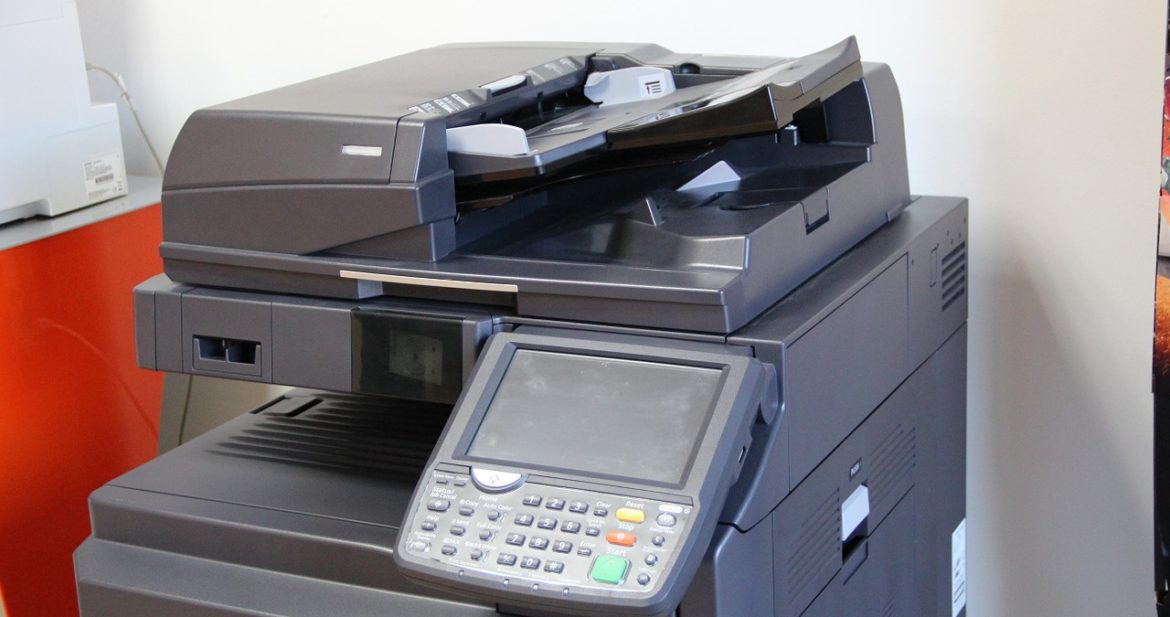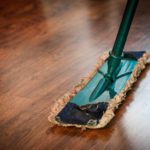It was 1970 when the Apollo 13 broke down and astronauts needed to sweat it out as secret agent Angus MacGyver to survive and return to earth. Its intended landing on the moon was aborted because the tank that supplied oxygen to its Service Module was exploded. The space crew needed to put together a carbon dioxide filter holder, a plastic bag, a manual cover and a duct tape to survive. This kind of problem can be solved now with a 3D printer which can print three-dimentional objects to replace damaged tank or create the solution which is an emergency gas filter. And any of these can be done in a few minutes.
From the Kitchen
The 3D printers which is set to be launched by NASA into space next year are envisioned to be the mechanics which will repair the satellites and space modules in outer space. 3D printing technology was never envisioned by its pioneer developer as something that will make an impact in space technology. Scott Crump looks back that he first worked on the invention in his kitchen and the first object it created was a toy frog which he made for his daughter.
The greatly developed 3D printer has been touted as a game changer. It is only of the size of a toaster but it will largely decrease astronauts need to bring many tools, spare parts and supplies when they go out to space. The device will produce everything in outer space. These objects will be printed in outer space. The device spews out of plastic from a roll, creating an item layer by layer.
3D Printing Technology
This technology have been used by doctors for producing replacements for joints in the human body. It has also been used in creating exquisite jewellery. If and when this technology will be in place, space technology concepts like rationing, scarce and irreplaceable will be blown out to oblivion, says its inventor Andrew Filo. He is in consultations with NASA regarding the technology.
NASA’s plan is to have 3D printers do the job of producing the necessary tools and parts as the case may be. They will be launched next year yet but some small satellites already shot into space were “3D printed” by engineers in NASA laboratories. These satellites are sending data to Earth and create their own parts for maintenance and repair.
The planned launch next year will enable NASA to repair and maintain their satellites and crafts in outer space without the need to send astronaut mechanics there or have an outer space repair station. However, they need lots of raw materials in the form of case filament and even more energy so that the printers will perform. But the NASA and other international space agencies are determined to make the technology a success. The ultimate goal — the possibility of living in outer space. Apparently, the requirements to do so are finding and producing water and food and perfecting the manufacture of parts and materials in outer space.
Rationale
The planned 2014 launch of the first 3D printer in outer space and the printing job it will do will be a demonstration. NASA Ames Research Center, Moffett Field, director of engineering Dave Korsmeyer says that being able to design and manufacture “on the fly” is a must if NASA wants to be adaptable. In the fall, to be exact, the choice for the first to be in outer space will be lifted from NASA’s devices ranging from its warehouse building printer costing $500,000 to its desktop model which is priced at $300. So, if anybody in the USA or, especially, in other parts of the world why would NASA need the technology, there are so many big reasons why. To be politically correct, you can even write a whole social science essay of them.
Author Bio:- My challenge in life is writing. I love the art of communication but I lack the drive to debate which is a good element in this craft. However, I am resourceful and is able to find ways by developing my own arguments or by taking a neutral stance.







Leave a Reply
You must be logged in to post a comment.